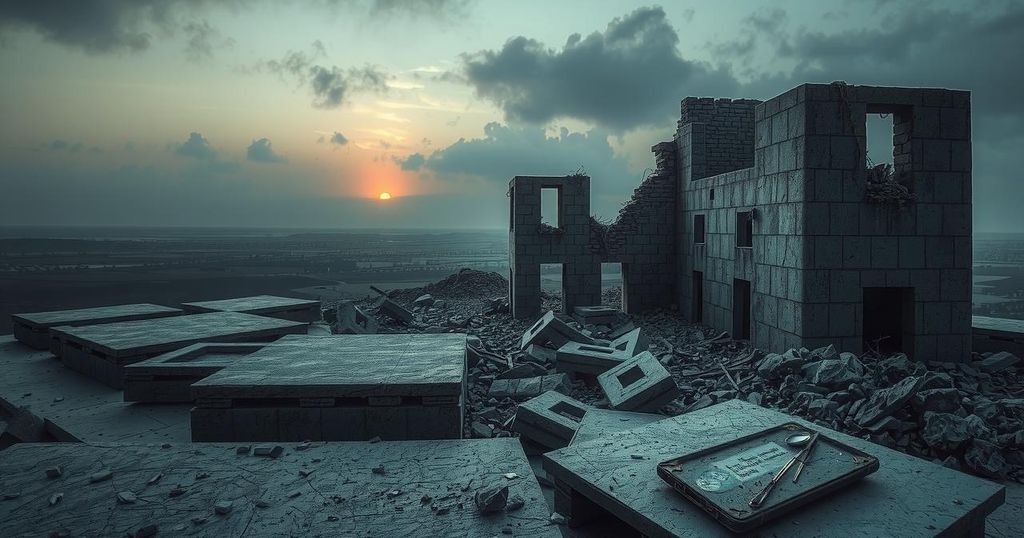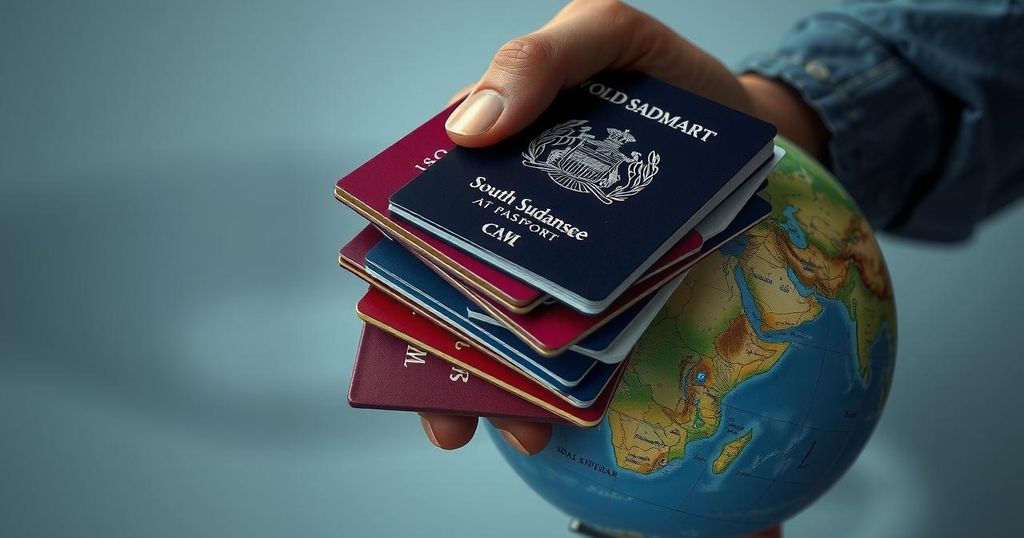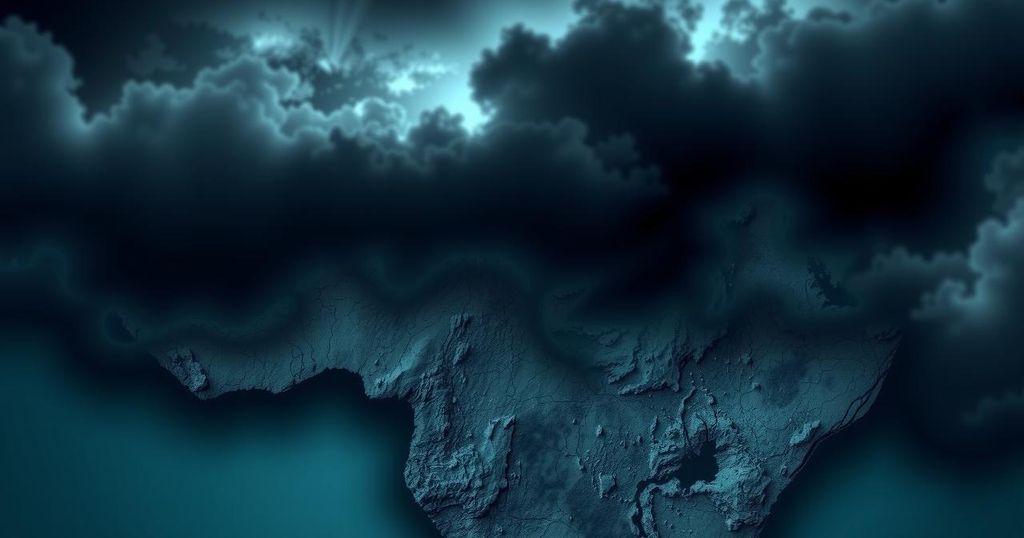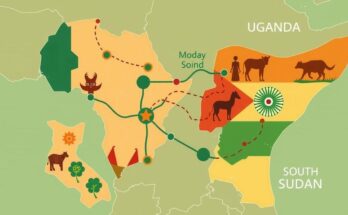The humanitarian crisis in the Democratic Republic of Congo escalated significantly following the capture of Goma by rebels, resulting in nearly 3,000 deaths. The UN reported on efforts to recover bodies amid ongoing violent clashes despite a declared ceasefire. Accusations against Rwanda for supporting the M23 group complicate the situation further, amidst fears of more territorial gains by the rebels and a serious humanitarian impact on civilians.
The Democratic Republic of Congo (DRC) is currently facing a severe humanitarian crisis following the seizure of Goma by rebels, resulting in nearly 3,000 fatalities as reported by the United Nations. Vivian van de Perre, the UN mission’s deputy head, indicated that substantial efforts are underway to collect bodies from the streets and hospitals, with many more expected to be discovered.
A ceasefire was announced by the rebel coalition, Alliance Fleuve Congo (AFC), in response to the unfolding humanitarian situation; however, the Congolese government and ongoing hostilities contradict this declaration. The DRC has endured prolonged violence driven by ethnic conflict and competition for resources, aggravating one of the largest humanitarian crises globally.
Allegations have surfaced accusing Rwanda of supporting the M23 group, composed primarily of ethnic Tutsis, which has intensified its operations since 2022, seeking to reclaim territory in North Kivu. As fighting escalates, the situation in Goma and surrounding regions remains volatile, raising fears of further casualties and destabilization as rebel factions advance deeper into South Kivu.
Amidst these developments, the UN emphasizes the worrying proximity of M23 forces to Bukavu, while also conducting assessments of essential infrastructure like Kavumu Airport. The coalition claims to protect civilians despite their advancing control and intentions to govern more territory, including Kinshasa, the national capital, situated over 930 miles away.
Despite Congo’s government acknowledging the rebel presence, the formal takeover of Goma has not been confirmed. The humanitarian impact of this crisis is profound, with many civilians displaced and seeking refuge at UN peacekeeping bases. The ongoing violence has created significant suffering, highlighting the urgent need for resolution in this dire situation.
The ongoing conflict in the Democratic Republic of Congo has deep historical roots, characterized by ethnic tensions and disputes over valuable land and minerals. The current crisis has been exacerbated by the actions of rebel groups like M23, which has rekindled hostilities since 2022, having previously broken away from the Congolese army over a decade ago. The situation is complicated further by accusations of external interference from Rwanda, as the international community watches the unfolding tragedy.
In summary, the situation in Goma, DRC, represents a tragic culmination of historical conflict and socio-political instability, with nearly 3,000 casualties reported. The complexities of rebel advances, accusations of foreign support, and a deteriorating humanitarian landscape necessitate urgent international attention and resolution efforts. The ongoing violence threatens not only the stability of the region but also the well-being of countless civilians.
Original Source: www.wral.com




